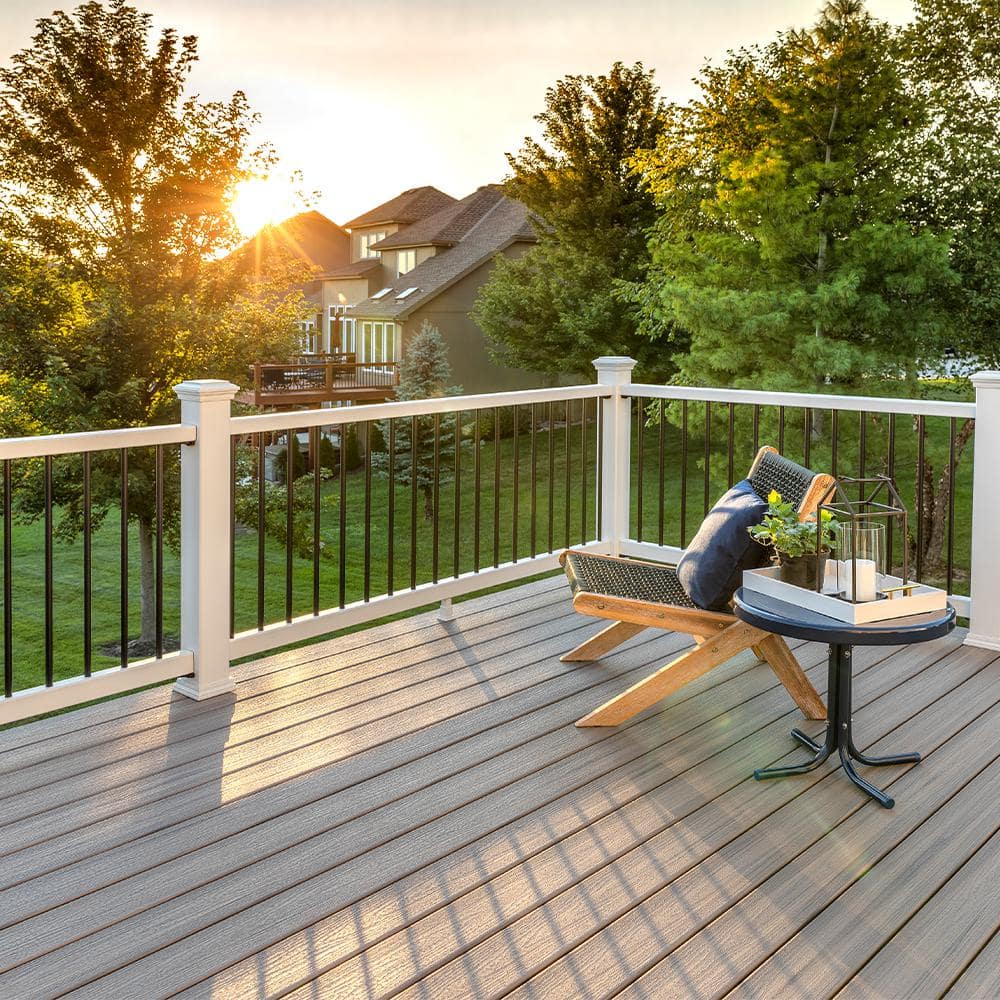Beginner’s Guide to Outdoor Building Materials
If you're embarking on an outdoor building project, it's important to choose the right materials to ensure durability, functionality, and aesthetic appeal. Here is a beginner's guide to outdoor building materials:
Wood: Wood is a versatile and widely used material for outdoor projects. Cedar, redwood, and pressure-treated lumber are popular choices due to their natural resistance to rot and insects. Wood can be used for decks, fences, pergolas, and outdoor furniture.
Composite Decking: Composite decking is made from a combination of wood fibers and recycled plastic. It offers the look of wood but requires less maintenance. Composite decking is durable, resistant to rot and insects, and available in various colors and textures.
Stone: Stone adds a timeless and natural element to outdoor spaces. Options include natural stone, such as granite or limestone, or manufactured stone veneers. Stone can be used for patios, walkways, retaining walls, and outdoor fireplaces.
Brick: Brick is a durable and classic option for outdoor projects. It can be used for pathways, driveways, patios, and decorative accents. Brick is available in various colors, sizes, and patterns, allowing for versatile design possibilities.
Concrete: Concrete is a versatile material used for various outdoor applications. It can be used for patios, driveways, walkways, and retaining walls. Decorative concrete finishes, such as stamped or stained concrete, can enhance the aesthetics.
Metal: Metal materials, such as aluminum or steel, offer durability and strength for outdoor structures. They are commonly used for fences, gates, pergolas, and outdoor furniture. Metal can be powder-coated or painted to enhance its appearance and protect against corrosion.
Vinyl: Vinyl is a low-maintenance and durable material used for fencing, decking, and outdoor structures. It is resistant to rot, insects, and moisture. Vinyl comes in various styles and colors, allowing for customization.
Composite Materials: Composite materials, such as composite lumber or composite panels, are engineered alternatives to natural wood. They offer high durability, low maintenance, and resistance to rot, insects, and weathering. Composite materials can be used for decking, fencing, and siding.
Pavers: Pavers are individual units made from materials like concrete, brick, or stone. They are commonly used for creating walkways, patios, or driveways. Pavers come in various shapes, sizes, and colors, providing flexibility in design.
Outdoor Fabrics: For cushions, pillows, and upholstery in outdoor furniture, choose fabrics specifically designed for outdoor use. Outdoor fabrics are typically water-resistant, fade-resistant, and easy to clean.
Remember to consider factors such as climate, maintenance requirements, budget, and design preferences when selecting outdoor building materials. It's also recommended to consult with professionals or knowledgeable experts to ensure you choose the right materials for your specific project.



Comments
Post a Comment